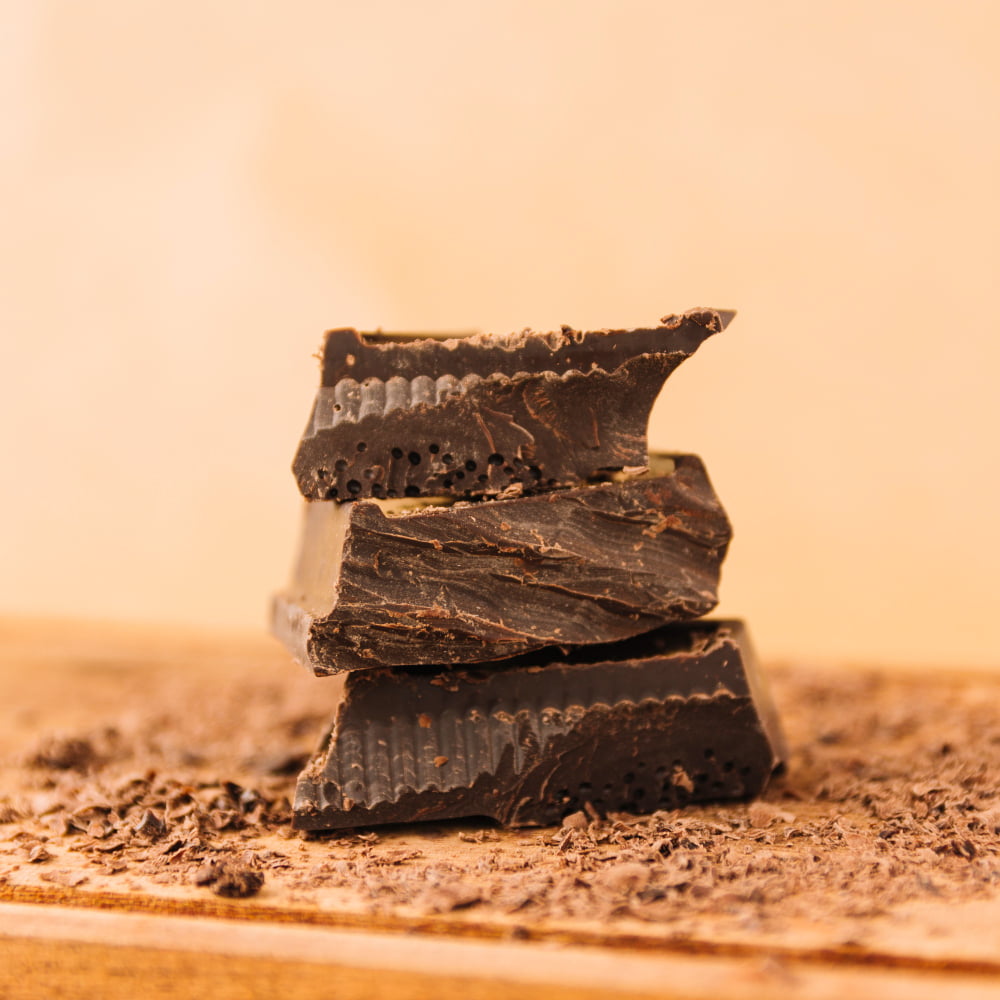Chocolate may provide relief from menstrual cramps due to its magnesium content and mood-boosting effects.
Key takeaways:
- Magnesium in chocolate relaxes muscles, reducing period cramps.
- Flavonoids in dark chocolate have anti-inflammatory properties and improve blood flow.
- Moderation is key when consuming chocolate for cramp relief.
- Other magnesium-rich foods like nuts, leafy greens, and legumes can also help.
- Chocolate is part of a broader approach to managing period cramps.
Inside
The Role of Magnesium in Alleviating Cramps

Magnesium plays a pivotal role in muscle relaxation, which directly impacts menstrual cramps. During menstruation, the uterus contracts to help shed its lining, a process that can cause cramping. Magnesium helps to ease these contractions, lessening the pain.
This mineral also assists in regulating nerve function. It calms the nervous system, which might otherwise exacerbate the sensation of pain during a period.
In addition, magnesium contributes to balancing hormones. Fluctuations in estrogen and progesterone can intensify cramps, and maintaining a steady level of these hormones is key in reducing menstrual discomfort.
Finally, magnesium supports blood sugar control. Since sugar cravings and dips in blood sugar can coincide with periods, keeping blood sugar in balance is another angle through which magnesium can potentially alleviate cramps.
Including magnesium-rich foods in one’s diet can be an effective strategy to manage cramps naturally. Chocolate, especially dark chocolate with high cocoa content, is one such source, though it should be consumed in moderation given its calorie content.
The Benefits of Flavonoids in Dark Chocolate
Dark chocolate is rich in flavonoids, compounds known for their anti-inflammatory and antioxidant properties. These natural substances can reduce inflammation and neurochemical release associated with period pain. Moreover, they improve blood flow, potentially easing menstrual discomfort by preventing the blood vessels from tightening and restricting.
Regular consumption of small amounts of dark chocolate leads to the accumulation of these beneficial flavonoids in the body, offering a potential reduction in the severity of cramps over time. However, opting for chocolate with a high cocoa content is crucial, as it contains more flavonoids and less sugar compared to milk chocolate.
While enjoying dark chocolate, moderation is key. A couple of squares a day is sufficient to leverage the benefits without overindulging in calories. Remember, while flavonoids can be supportive, they are part of a broader diet and lifestyle approach to managing period cramps.
Recommended Amount of Chocolate for Cramp Relief
Moderation is key when consuming chocolate for period cramp relief. Opting for dark chocolate, with a higher cocoa content of at least 70%, maximizes the benefits while minimizing sugar and fat intake. A small square, equivalent to about one ounce, can suffice to help alleviate discomfort.
Individual responses to chocolate can vary, though, and it’s important to listen to one’s body. Consuming too much can lead to unwanted calories and potential digestive upset, counteracting the potential soothing effect.
Hydration should not be neglected. Drinking water in conjunction with enjoying dark chocolate helps with overall menstrual symptoms, as dehydration can exacerbate cramps.
In summary, enjoy a small amount of high-quality dark chocolate and stay hydrated for a more comfortable period experience.
Alternative Foods High in Magnesium and Other Cramp-Reducing Nutrients
While chocolate is a comforting choice for some during menstruation, various other magnesium-rich foods can also help reduce period cramps. Nuts, such as almonds and cashews, are excellent sources of magnesium and make convenient snacks. Seeds, including pumpkin and flaxseeds, offer a crunch along with cramp-combating nutrients.
Leafy greens like spinach and Swiss chard are not only high in magnesium but also contain other vitamins and minerals that support muscle relaxation. For those seeking non-vegetarian options, fatty fish like salmon and mackerel provide omega-3 fatty acids, which have been shown to help lessen the intensity of cramps.
Legumes, including black beans and lentils, pack a double punch of fiber and magnesium, aiding in overall menstrual health. Avocados, brimming with potassium and magnesium, are a creamy alternative that can be integrated into a variety of meals.
Incorporating whole grains such as quinoa and brown rice into your diet can also help, as they are yet another source of magnesium. These grains offer sustained energy release, which is beneficial during menstruation.
By diversifying your intake of these magnesium-rich foods, you can address period discomfort naturally and maintain a balanced diet.
The Bottom Line On Chocolate and Period Cramps
Chocolate may offer some relief for period cramps, primarily due to its magnesium content, which can relax muscles and reduce pain. Additionally, dark chocolate’s flavonoids are known for their anti-inflammatory effects, which might help lessen discomfort.
However, moderation is key. A small amount of dark chocolate with high cocoa content is recommended; overconsumption can lead to unwanted extra calories and counterproductive sugar intake.
While chocolate can contribute to easing period cramps, it’s not a standalone cure. It should be considered part of a broader approach that includes staying hydrated, maintaining a balanced diet, and engaging in regular physical activity. For those who are not chocolate fans or want to avoid sugar, other magnesium-rich foods like bananas, avocados, and nuts might be suitable alternatives.
Remember that everyone’s body reacts differently, and what alleviates menstrual cramps for one person might not work for another. If period cramps persist or worsen, consulting a healthcare professional is advisable.
In essence, enjoying a piece of chocolate might have some benefits for period pain relief, but it’s not an all-encompassing remedy and is most effective when consumed as part of a holistic health strategy.




